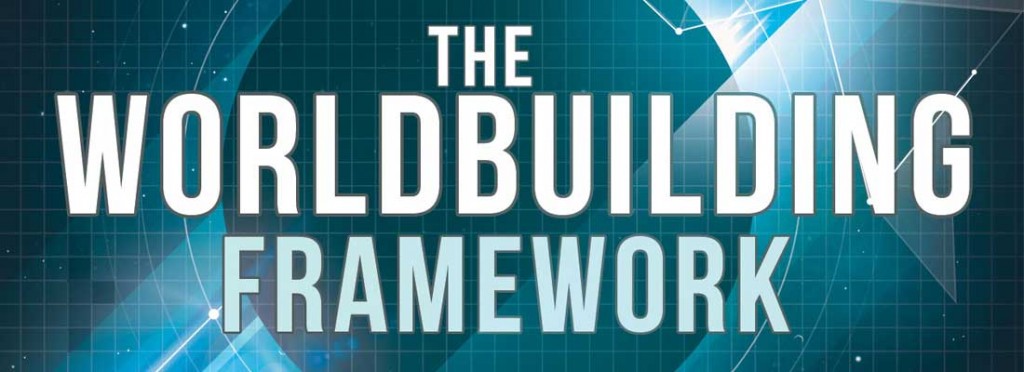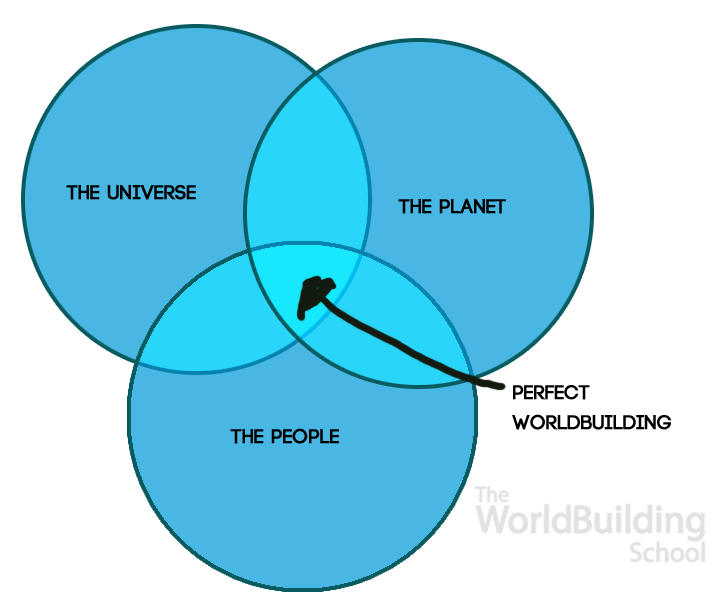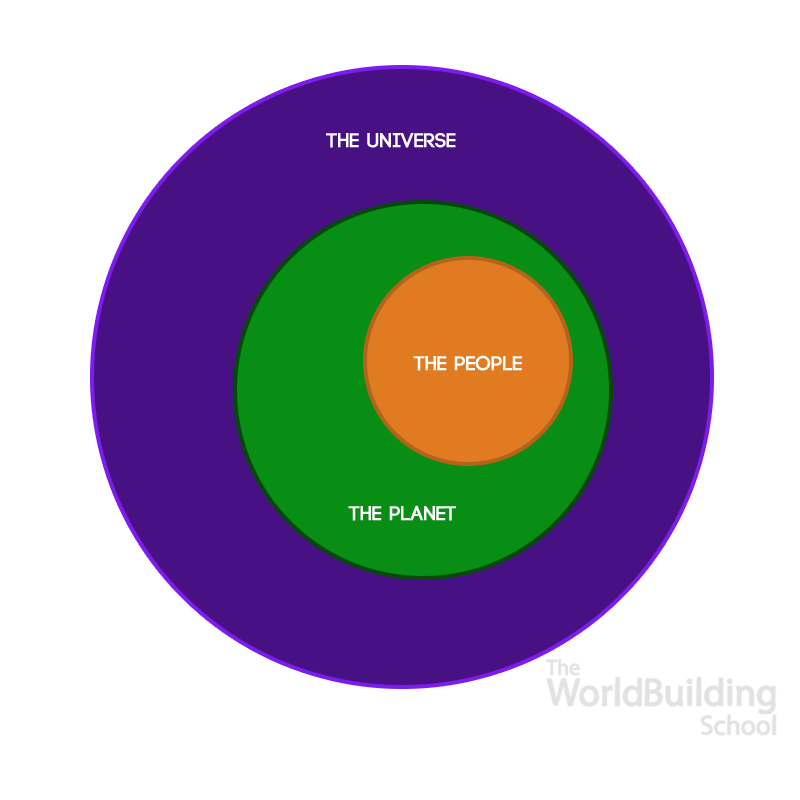
Do you ever feel lost when trying to build your world?
Sure, there are plenty of great tutorials that will teach you something specific and other articles ask you lots of questions as a way to guide you. But there is still a lot of information to learn and much of it is disjointed. There is no easy way to understand how one tutorial relates to another.
If this is you?
Don’t worry.
The truth is.
With a topic as big and complex as creating fictional worlds there is never going to be 1 tutorial or system that outlines the “perfect” way to do it.
Everyone has their own preference, style and goals. My continuing goal with the Worldbuilding School, and the very reason I set it up, is to simplify the process of worldbuilding as much as possible.
But simplifying the creation of a universe? How do you do that?
Lets just say In October 2013 all my research and pondering came together in the form of 3 simple categories. These 3 areas form the foundation of The Worldbuilding Framework.
If you break down the creation of your world into one of these 3 areas then it will make it so much simpler.
The framework is as follows:
- The Universe
- The Planet
- The People
It’s as simple as that. So lets go a bit deeper.
The Universe
This is all about what makes your setting tick. The mechanics behind the worldbuilding be it science as we know it, spiritual forces or something altogether different.
Topics you can expect to see here:
Cosmology, magic, science, Gods, scifi tech, solar systems, physics.
The Planet
If you’re creating a scifi setting then chances are you’ll have more than one planet. However, for all intents and purposes this section tackles what you need to consider when developing a planet.
Topics you can expect to see here:
Tectonic plates, geography, zoology, environments, ecosystem, wind patterns, sea monsters, biomes
The People
Perhaps the most important part of your setting are the people, and characters, who inhabit your world. Here is where you think about the races, religions and civilisations.
Topics you can expect to see here:
Sociology, economics, religion, civilisation, races, politics, government, settlements, job roles, language,
With this framework in place it’s easy to see what you need to develop next in your world and how each topic (or tutorial) relates to the others.
Speaking of relationships.
You may think that these 3 areas would cross over in some form of Venn diagram. Something like the following:

However, that’s not quite the right way to think about the relationship. This is because you’re not trying to find an intersection between all 3 areas in order to create “perfect worldbuilding”. That doesn’t exist. What the framework does is provides a way to help you understand how a decision in one area can affect what happens in another area.
So the true relationship is a hierarchy diagram like this:

Where the laws of the universe govern the planet and in turn the planet governs how people and civilisations develop.
It’s the exact relationship that exists in our universe.
universe > planet > people
Universal laws such as Einstein’s Theory of Relativity govern how planets are created and how they interact with each other. This has lead to the Goldilocks planet that is able to support life as we know it. The climate and terrain of Earth has in turn shaped the way Human civilisation has developed.
Now you can use this natural framework as a structure to help build your world.